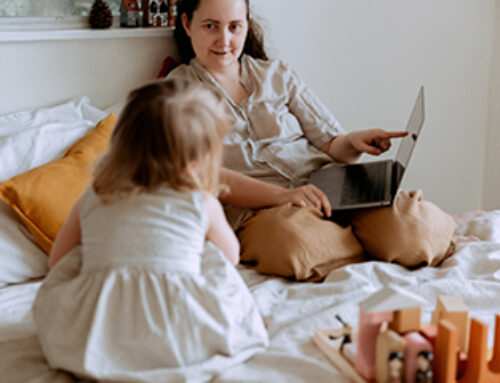Remember going to the local fair or a big amusement park as a child? The excitement of knowing that, for a minute, your body was about to defy the laws of gravity on those amazing machines! You were going to be flipped and spun and dropped. And the spinning tea cups! Oh those colorful tea cups, waiting for you to sit down and spin with laughter.
Or maybe you dreaded these trips. The thought of your head spinning in circles and your feet going over your head was terrifying. You had no desire to feel the dizziness as you tried to walk back to your parents.
The cause of those dizzy feelings, the ones you either crave or hate, are rooted in your body’s ability to detect and process rotational movement. Like linear movement, the vestibular system, housed in the inner ear, is the power house of detecting rotational movement.
Large movements, such as the rotation you experience in a tea cup ride, may be few and far between in your daily life. However, slight rotations, maybe half or quarter of a turn, require the same efficient sensory system processing. Just as vitally, the ability to complete those half and quarter turns without twisting your entire body, the disassociation of your movements, is important in daily activities.
Lets practice putting your coat on: you put one arm in. Now you can’t seem to locate the other arm without looking. So you twist your neck to look behind you, finding the other arm. Great – you just used your vestibular system. Your neck moved in a fraction of a rotation to get dressed – did it make you feel dizzy?

Slight differences in the position of your head, even the fraction it took to locate the other side of your coat, are directly correlated to your body’s functioning vestibular system. The daily functions that require head or trunk rotation are more common than you think: putting on your coat or backpack, looking in your blind spot while driving, brushing your hair, or cleaning yourself after toileting.
Blue Bird Day occupational therapists understand the importance of efficient rotational movement processing and the impact the vestibular system has on your ability to participate in daily tasks. Using theoretical knowledge and various sensory based protocols, therapists focus on helping children to understand how they are moving in space and why. It is also important to note that the development of efficient linear movement processing will precede rotational movement. If you have specific questions regarding rotational movement and if/when your child is ready to practice at home – contact a BBD occupational therapist.
Signs of difficulty processing complex movement include, but are not limited to:
- Feeling dizzy or sick
- Rapid and uncontrolled eye movement across your line of vision (nystagmus)
- Flushing of the skin
- Uncontrollable laughter or giggling
- A fight or flight response
- Crying or screaming
- Avoidance of all complex movement

Blue Bird Day fosters socialization, sensory regulation, and pre-academic learning in children ages 2-7 years in therapeutic rotations that simulate preschool and kindergarten settings. Our compassionate therapists practice a relationship-based and family-centered approach, provide parent training, and collaborate on goals and individualized intensive treatment plans for your child.
We believe in a collaborative and multi-disciplinary team approach to therapy. A team of occupational therapists, speech-language pathologists, dietitians, developmental therapists, behavioral therapists, physical therapists, and therapeutic assistants are created for each child to ensure child and family are fully supported and the best possible results are achieved.
Options for individualized, group and virtual therapy sessions are available as well.
Want to learn more or you have a specific question? Feel free to connect with us here!



